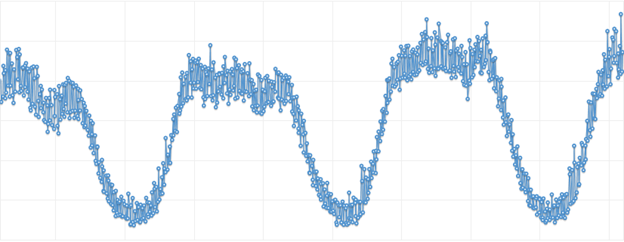At gen.video, we’re in the business of bringing brands and video influencers together to tell product stories in unique and compelling ways. Moving around massive videos files, editing the videos, approval workflows, syndicating to disparate locations and then tracking all of that is a massively complex, CPU and storage intensive, business. And as fast as we can innovate, the files keep getting bigger and the syndication activities more complex.
We couldn’t do it if we hadn’t transitioned to a cloud based solution a few years back. Even forgetting the hassle of managing hardware and colocation requirements, just the need to scale up (and opportunity to scale down!) would makes it unthinkable to go back now to a self-hosted solution. But the first order implication was really what we might call a massive “digital locker ”: all of our own stuff, now hosted in cyberspace.
And for consumers – including our community of influencers – the cloud has largely been the same experience. I can save all of my music and naked selfies to iCloud and take that storage burden off my phone. Awesome. And even better, with dropbox and box.net it will all sync seamlessly across my iPhone 4, iPhone 5, iPhone 6, iPhone 7, Macbook Air, iPad 1, iPad 2 and iPad 3 (I’m an Android guy personally but the above is how I perceive all of you Apple fanboys). It was great for a minute but already seems kind of boring.
- Google Docs starts to get us somewhere much more interesting. What Lotus Notes and then Sharepoint and then a million others dreamed about: real-time collaboration in the cloud on real-time information. Slack is doing it with even less structured real-time communication flows. Still… feels like something is missing. Even if you think about a massive cloud-based company like SalesForce, I’m just talking to myself and updating my own information. Granted, it’s a flexible, amazing tool but as a multi-enterprise collaboration engine, not so much.
Which is why we’re pretty excited about what we’re building now at gen.video. It’s a cloud based solution that flexes across the needs of literally four different constituent groups: our clients (in this, we’re like any cloud product), our influencers or contributors, our syndication partners (think Amazon, Walmart, YouTube and others) and ourselves, as we are a principal in several of the ‘transactions’ vs. just being a passive agent.
It would be arrogant to say we’re building the most complex stuff out there; we’re not. We bow down to driver-less cars and Palantir’s knowledge that I’ll watch a basketball game next week!
But we are on one edge of where we think innovation will thrive over the next five years: hyper-collaborative tools that are aware of the needs of a broad range of interdependent entities which need to act more in parallel and less serially. In the marketing space, other big thinkers would be a Sprinklr or a Percolate, although they are still a bit 3-D vs. 4-D or greater. Maybe the area with the greatest potential is patient care. If they aren’t already, patients soon will be both passively and actively interacting with systems that will include active input from the health delivery system and insurance providers.
Why does this matter? Behaviors will change when you stop thinking about your 2gb videos as living on your hard drive or even existing as an object (digital or physical) at all; behaviors will change as you perceive the promotion of your health and well-being as being a collaborative, collective exercise.
For gen.video, the near term implications aren’t so grandiose: how can we make it easier for our influencers to have the tools and resources needed to thrive by leveraging our cloud infrastructure…even as we do the same thing for our clients.
Hopefully you can see how we’re delivering on that promise as you read the rest of our blog posts. In the meantime, all hail the power of the cloud!

A heart rate chart? Nope, three days of capacity demands at gen.video that were able to manage hyper-efficiently using capacity that automatically scales up and down depending on network demand.
